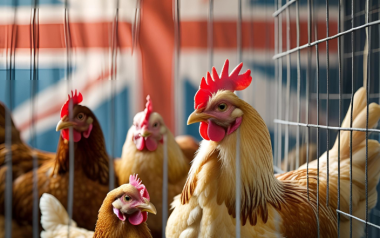03 Apr 2023
Management of heat stress in laying hens
Heat stress is one of the most important causes of economic losses for some companies in the poultry sector in […]
Heat stress is one of the most important causes of economic losses for some companies in the poultry sector in tropical climates. It has a significant impact on productivity and mortality.
Under normal environmental conditions, birds maintain their balance with the environment. However, when the temperature varies, birds must compensate for these variations above or below their thermal comfort zone.
By the time birds begin to pant, physiological changes have already started in the body to dissipate excess heat. Before the birds reach this point, anything that can be done to help the birds stay comfortable will help keep:
- growth,
- hatchability,
- egg size,
- shell quality, and
- production at peak performance.
Heat stress begins when the ambient temperature rises from 26.7°C to above 29.4°C.
Birds are susceptible to heat episodes and cannot tolerate extreme temperatures for long because they cannot sweat as they don’t have sweat glands. Additionally, they are covered with feathers, making it
TO CONTINUE READING REGISTER IT IS COMPLETELY FREE
Access to articles in PDF
Keep up to date with our newsletters
Receive the magazine for free in digital version
REGISTRATION
ACCESS
YOUR ACCOUNT
LOGIN
Lost your password?







































